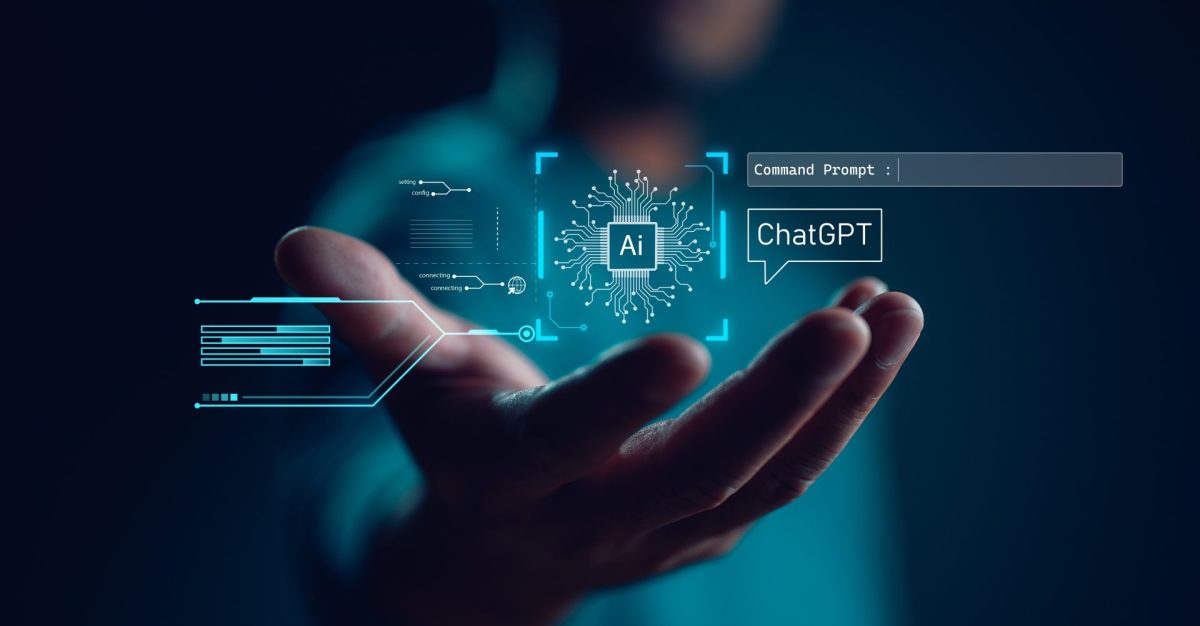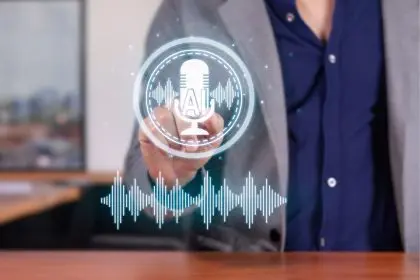For decades, the concept of technological singularity has remained a subject of speculation and debate. The idea that artificial intelligence could surpass human intelligence—and trigger an era of exponential technological progress—has long felt like a distant possibility. But recent advances in artificial intelligence translation suggest that this milestone may be approaching much faster than expected.
A breakthrough in machine translation, a domain that requires deep linguistic understanding and contextual awareness, could indicate that artificial intelligence is inching toward artificial general intelligence. If a machine can master human language with near-perfect accuracy, what other intellectual barriers remain? With AI translation improving at an unprecedented rate, some experts believe we are witnessing one of the most significant steps toward singularity yet.
How translation serves as a benchmark for intelligence
Language is one of the most complex cognitive functions humans possess. It requires more than just processing words—it demands an understanding of nuance, cultural context, tone, and meaning that can shift based on subtle cues. If artificial intelligence can successfully navigate these complexities, it could signal that machines are approaching the kind of adaptable, generalized intelligence once thought to be uniquely human.
Researchers at Translated, a Rome-based artificial intelligence translation company, have been tracking the evolution of machine-generated translations for years. They have developed a key metric known as Time to Edit (TTE), which measures how long professional translators take to correct AI-generated text. This data provides a clear, quantifiable way to track artificial intelligence ’s progress in approaching human-level accuracy.
The data behind artificial intelligence’s rapid improvement
Between 2014 and 2022, researchers analyzed more than two billion post-edits of AI-generated translations. The results revealed a striking trend: human editors once needed an average of 3.5 seconds to correct each word in a machine-generated translation. By 2022, that time had dropped to just two seconds.
At this rate of improvement, experts predict that artificial intelligence could match human translation capabilities by the end of the decade. For the first time, there is concrete, data-supported evidence suggesting that artificial intelligence is closing in on human cognitive abilities in a specific domain.
This steady progress may seem subtle when viewed on a day-to-day basis. But in the broader scope of artificial intelligence development, the cumulative effect is profound. It suggests that while artificial intelligence may not yet exhibit full general intelligence, its ability to perform increasingly complex human tasks is advancing at an accelerating rate.
What happens when artificial intelligence reaches human-level translation?
The implications of artificial intelligence translation reaching human accuracy are far-reaching. It could revolutionize global communication, breaking down language barriers in ways previously unimaginable. Businesses, governments, and individuals could interact seamlessly across cultures without the need for human translators.
The employment landscape in language industries may shift dramatically. Translators, interpreters, and language educators may need to adapt to an AI-driven world where machines perform much of their work. While artificial intelligence could enhance productivity, it also raises concerns about job displacement.
Cultural preservation in an AI-dominated world becomes a critical question. While artificial intelligence can process and translate text at incredible speeds, it may struggle with preserving the nuances, idioms, and historical depth of a language. Automated translation could risk eroding the cultural richness embedded in human communication.
Ethical concerns about artificial general intelligence also come into play. If artificial intelligence surpasses human intelligence in one domain, how long before it does so in others? How do we ensure that these systems remain aligned with human values? These questions grow more urgent as AI capabilities continue to evolve.
The broader challenge of defining intelligence
While AI’s translation abilities are rapidly advancing, some researchers caution against equating this with full artificial general intelligence (AGI). Intelligence is not just about processing language; it encompasses creativity, emotion, problem-solving, and abstract reasoning—areas where AI still lags behind.
At the same time, breakthroughs in one domain often lead to unexpected advances in others. A machine that masters human language may soon be able to extend its abilities into new territories, from scientific discovery to artistic creation. The road to singularity may not come through a single revolutionary moment but rather through a series of small, steady steps that add up to something transformative.
Are we ready for AI to surpass us?
As artificial intelligence translation capabilities approach human performance, we are entering uncharted territory. The rapid pace of AI development forces us to confront difficult questions about the role of machines in society, the future of human employment, and the ethical boundaries of artificial intelligence.
The singularity—once dismissed as science fiction—may be closer than we imagined. Whether this future brings unparalleled progress or unforeseen consequences depends on how we prepare for a world where machines think, learn, and adapt at a level equal to or beyond our own.














